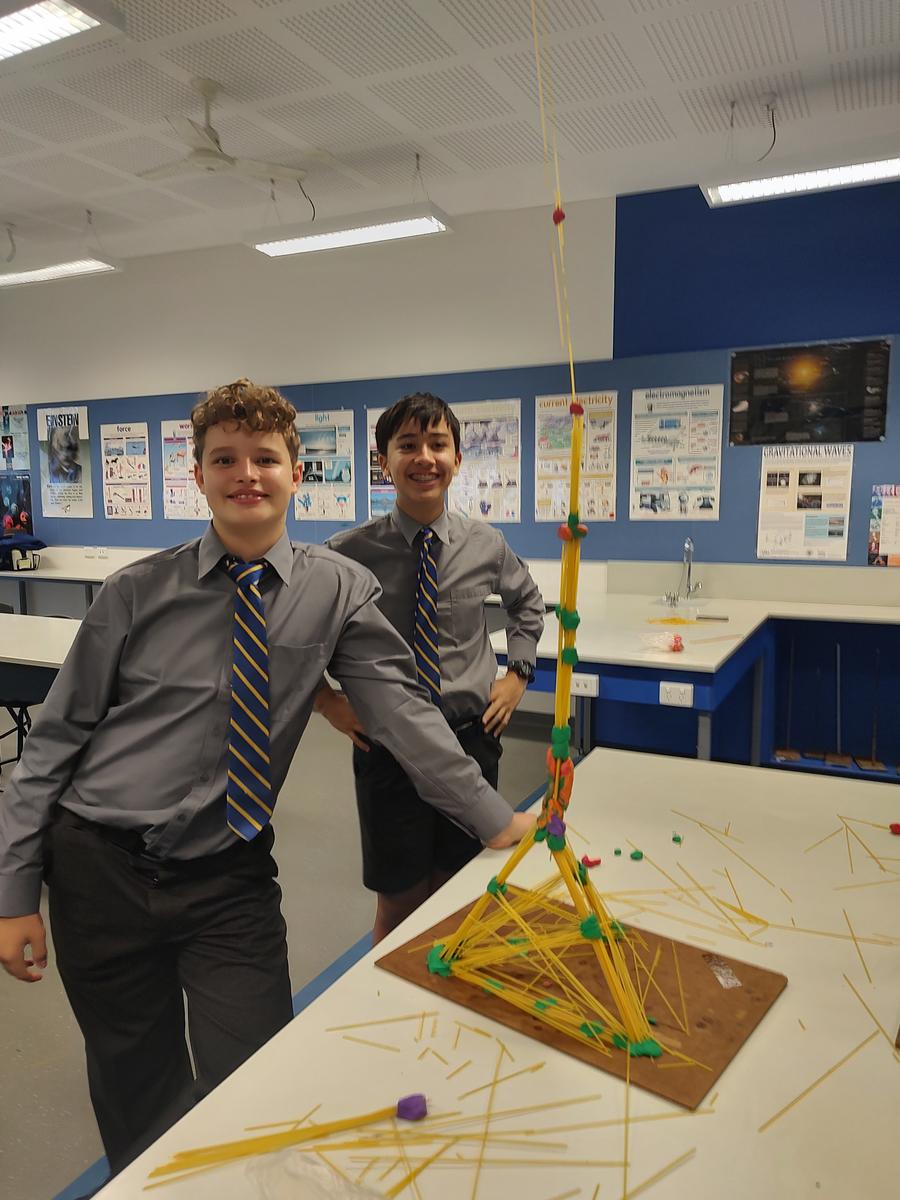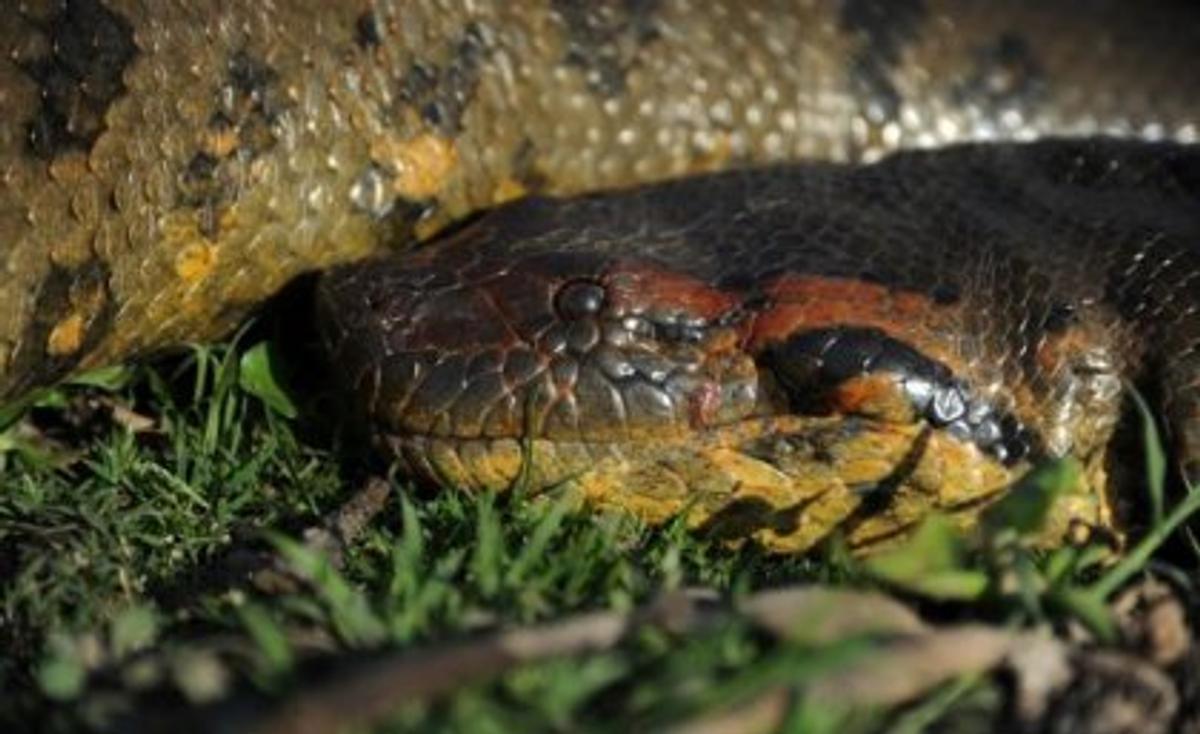Science and Engineering News
Ms Wendy Macdonald

Science and Engineering News
Ms Wendy Macdonald
Lachlan Vink - Year 11 UQ Science Ambassador
Science Club is an exciting way for younger students in Years 7-10 to explore and engage with the world of science. Each week, on a Tuesday afternoon, students are given the opportunity to further their love for science. Students are introduced to all kinds of new and interesting topics throughout the scope of Physics, Chemistry, Biology, and Engineering. They are then able to apply this knowledge through fun and engaging experiments. In Science Club, older students (as well as Ms Dekkers) are the ones that organise and run the club each afternoon. Year 11's are given the role of mentoring the younger students. By getting the boys to do these practical experiments, they can show off what they have learnt. Each week, students are learning and having fun through the science club program and are engaging in hands-on activities that provide a one-of-a-kind experience.


In 2024, Science Club has started off strong in Term 1 with more engaging experiments. Some of the few experiments that have been conducted over the past term include:
Last week, the boys sought out to create a structurally sound tower out of spaghetti and plasticine. To do so, they carefully considered the challenge of engineering a solution that accounts for gravity and weight.
Guided by the principles of physics and mathematics, participants incorporated theories of load distribution, tension, and compression, with each strand of spaghetti strategically positioned and each dollop of plasticine strategically applied. Teams aimed to defy gravity and engineer structures of remarkable stature and stability.
Ultimately, the Spaghetti Tower Challenge transcends the boundaries of traditional learning, offering a hands-on exploration of engineering concepts and fostering teamwork, creativity, and perseverance. With each tower standing as a testament to their collective expertise, students emerge enlightened and inspired, ready to tackle the challenges of tomorrow's technological landscape.
This week, boys were able to write secret messages with the help of invisible ink. They wrote a message on a blank piece of paper using an acid. This ink was reacted with a base as well as an indicator. An indicator is a special chemical that changes colour depending on if it’s an acidic or alkaline environment. It was this indicator that allowed students to reveal the secret messages hidden on their pieces of paper.
Invisible ink is an ancient invention and has already been used over 2,000 years ago. Its purposes were manifold, ranging from plotting conspiracies or espionage to writing secret love letters. Since then, many different recipes for secret ink have been developed. All of the recipes are based on chemical reactions that make one of the components inside the ink visible. The type of chemical reaction can vary, but they all result in a coloured end product that makes the ink visible.
Next week we revisit a past experiment for anyone who missed it last time - Liquid Nitrogen Ice cream. Boys will create a mixture of milk, vanilla, sugar, cream and chocolate that will be dipped in liquid nitrogen. As the liquid nitrogen comes into contact with the ingredients, it instantly vaporizes, rapidly freezing the mixture and creating a cloud of mist. The ultra-fast freezing process not only produces a luxuriously smooth texture but also preserves the vibrant flavours of the ingredients, resulting in a flavourful and refreshing treat.
We hope to see as many students as possible next week for an exciting experiment!
We look forward to seeing you there next Tuesday!
Feel free to contact Miss Deckers or Ms Macdonald for any questions or queries about Science club.
Miss Deckers: dekkersr@marash.qld.edu.au
Ms Macdonald: macdonaldw@marash.qld.edu.au
Science in the News


A groundbreaking discovery has been made by a team of scientists led by Professor Bryan Fry from The University of Queensland in the remote Amazon. The team uncovered a previously undocumented species of giant anaconda, named the northern green anaconda (Eunectes akayima), in the Bameno region of Baihuaeri Waorani Territory in the Ecuadorian Amazon. The expedition was a rare collaboration with the Waorani people, who led the scientists on a 10-day journey into the jungle to search for these sacred snakes. Professor Fry expressed the significance of this discovery, stating, “This discovery is the highlight of my career.”
The size of these newly discovered anacondas is remarkable, with one female measuring an astounding 6.3 metres long! There are even reports from the Waorani people of anacondas in the area reaching lengths of more than 7.5 metres and weighing around 500 kilograms. The northern green anaconda species diverged from the southern green anaconda approximately 10 million years ago, differing genetically by 5.5 per cent. To put this in perspective, Professor Fry highlighted that “humans differ from chimpanzees by only about 2 per cent.”
The discovery was made during filming for the upcoming Disney+ series Pole to Pole with Will Smith, with Professor Fry as the expedition’s scientific leader. The team also collaborated with world-leading anaconda expert Dr Jesus Rivas from New Mexico Highlands University to compare the genetics of the green anaconda with specimens collected elsewhere. However, the Amazon continues to face alarming ecological threats, including deforestation, habitat degradation, and pollution from oil extraction activities. Professor Fry emphasized the urgency of further research into these threatened species and ecosystems, particularly focusing on the impact of petrochemicals on the fertility and reproductive biology of these rare snakes.
Read the full report here. (https://www.uq.edu.au/news/article/2024/02/giant-new-snake-species-identified-amazon-00029)